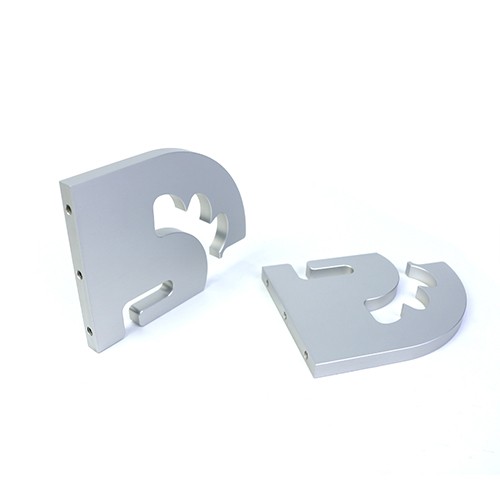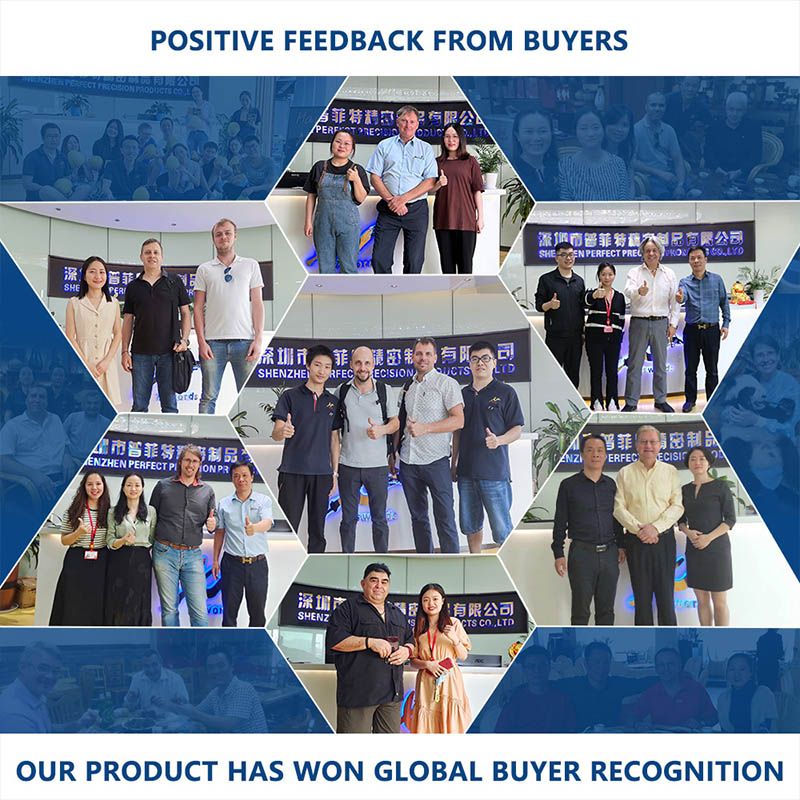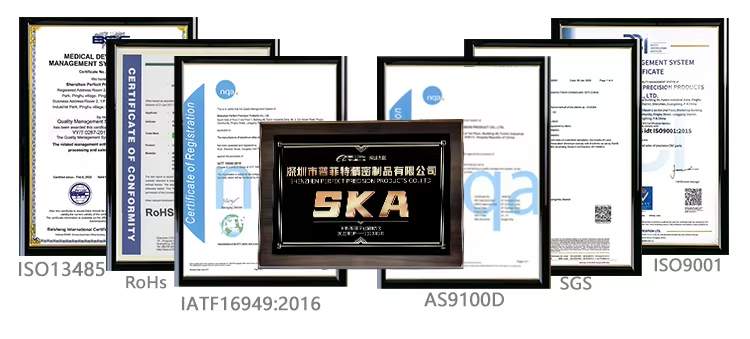CNC Laser Machining
Product Overview
In today’s fast-paced and highly technical manufacturing world, precision, efficiency, and automation are non-negotiable. One of the technologies that exemplifies these qualities is CNC laser machining. By combining laser cutting technology with computer numerical control (CNC), CNC laser machines offer a cutting-edge solution for producing detailed, high-quality parts from a wide range of materials.

CNC laser machining is a manufacturing process that uses a focused laser beam to cut, engrave, or etch materials, all controlled by a computer program. CNC stands for Computer Numerical Control, which means the movement and power of the laser are precisely guided by a digital file—usually designed in CAD (Computer-Aided Design) software and translated into machine-readable G-code.
The laser functions as a non-contact cutting tool that can slice through metals, plastics, wood, and more with high precision and minimal material waste. CNC laser systems are often used in industries that require detailed geometries, tight tolerances, and consistent quality.
The CNC laser machining process involves several steps:
1.Design: A part is first designed in CAD software and converted into a CNC-compatible format.
2.Material Setup: The workpiece is secured on the machine bed.
3.Cutting/Engraving:
● A high-intensity laser beam is generated (often by CO₂ or fiber lasers).
● The beam is directed through mirrors or fiber optics and focused to a tiny point using a lens.
● The CNC system moves the laser head or the material itself to trace the programmed design.
● The laser melts, burns, or vaporizes the material to form precise cuts or engravings.
Some systems include assist gases like oxygen, nitrogen, or air to blow away molten material and improve cutting quality.
1.CO₂ Lasers:
● Ideal for non-metallic materials such as wood, acrylic, leather, textiles, and paper.
● Common in signage, packaging, and decorative applications.
2.Fiber Lasers:
● Best for metals, including steel, aluminum, brass, and copper.
● Faster and more energy-efficient than CO₂ lasers when cutting thin to medium metals.
3.Nd:YAG or Nd:YVO4 Lasers:
● Used for fine engraving or cutting of metals and ceramics.
● Suitable for micro-machining and electronics.
● Extreme Precision: Laser cutting can produce extremely tight tolerances, ideal for intricate designs.
● Non-Contact Process: No physical tool touches the workpiece, reducing tool wear and distortion.
● High Speed: Especially effective on thin materials, laser machining can be faster than traditional milling or routing.
● Versatility: Can be used for cutting, engraving, drilling, and marking on a wide range of materials.
● Minimal Waste: Thin kerf width and precise cuts result in efficient material usage.
● Automation Ready: Perfect for integration into smart manufacturing and Industry 4.0 systems.
● Metal Fabrication: Cutting and engraving stainless steel, aluminum, and other metals for parts and enclosures.
● Electronics: Precision machining of circuit boards and micro-components.
● Aerospace & Automotive: High-accuracy components, brackets, and housings.
● Medical Devices: Surgical tools, implants, and custom fittings.
● Prototyping: Rapid production of parts for testing and development.
● Art & Design: Signage, stencils, jewelry, and architectural models.


We are proud to hold several production certificates for our CNC machining services,which demonstrates our commitment to quality and customer satisfaction.
1、ISO13485:MEDICAL DEVICES QUALITYMANAGEMENT SYSTEM CERTIFICATE
2、ISO9001:QUALITY MANAGEMENT SYSTEMCERTIFICATE
3、IATF16949、AS9100、SGS、CE、CQC、RoHS
● Great CNCmachining impressive laser engraving best Ive everseensofar Good quaity overall,and allthe pieces were packed carefully.
● Excelente me slento contento me sorprendio la calidad deias plezas un gran trabajo This company does a really nice job on quality.
● If there is an issue they are quick to fix itVery good communication and fast responise times This company always does what I ask.
● They even find any errors that we may have made.
● We have been dealing with this company for a number of years and have always recelved exemplary service.
● I am very pleased with the outstanding quality or mynew parts.The pnce is very competiive and the custo mer service is among the best Ive ever experienced.
● Fast tumaround rabulous quality,and some of the best customer service anywhere on Earth.
Q1:How accurate is CNC laser machining?
A:CNC laser machines offer extremely high precision, often within ±0.001 inches (±0.025 mm), depending on the machine, material, and application. They are ideal for fine detail and intricate designs.
Q2:Can CNC lasers cut thick materials?
A:Yes, but the capability depends on the laser power:
● CO₂ lasers can typically cut up to ~20 mm (0.8 in) of wood or acrylic.
● Fiber lasers can cut metals up to ~25 mm (1 in) thick or more, depending on wattage.
Q3:Is laser cutting better than traditional machining?
A:Laser cutting is faster and more precise for certain applications (e.g., thin materials, complex shapes). However, traditional CNC machining is better for thick materials, deep cuts, and 3D shaping (e.g., milling or turning).
Q4: Does laser cutting leave a clean edge?
A:Yes, laser cutting generally produces smooth, burr-free edges. In many cases, no additional finishing is required.
Q5:Can CNC laser machines be used for prototyping?
A:Absolutely. CNC laser machining is ideal for rapid prototyping due to its speed, ease of setup, and ability to work with various materials.











